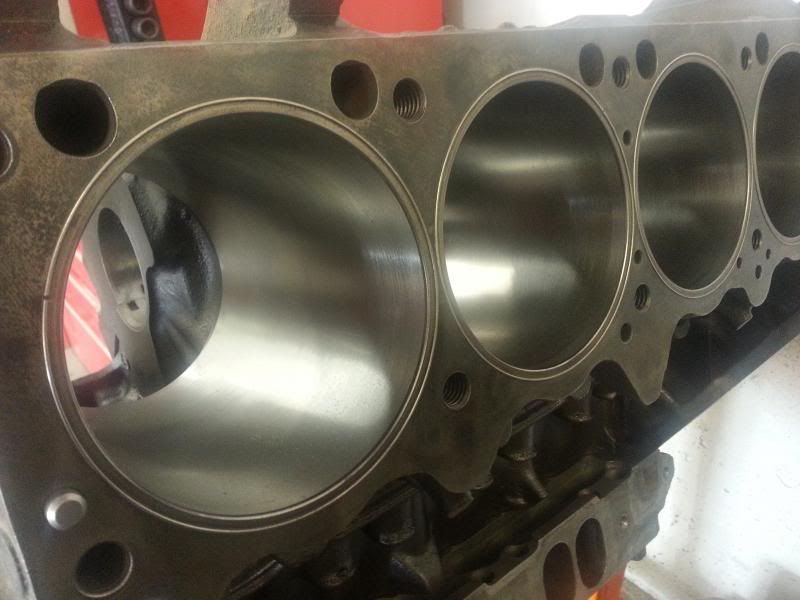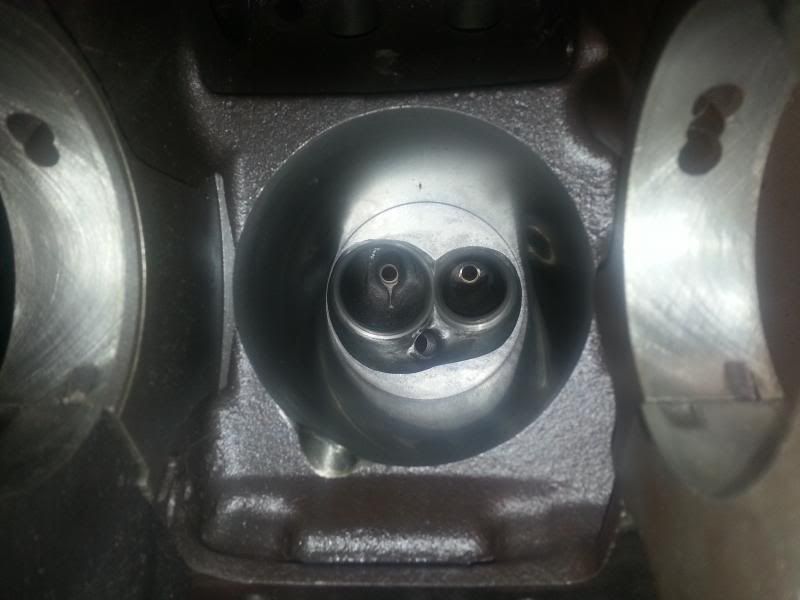Who here runs an O-Ringed block? Leaking head gasket problem!
You are right. I do not have a lot of info for you guys yet. I guess I was more looking for what people do with these blocks and get successful sealing. I will get my receipt book out when I get home and find the part number for teh gaskets. The reason the block is o-ringed is because it was 14:1 CR. So yes it probably needed it. We brought it down to 11:1 so I can run 91 octane, no longer needing the o-rings. But the o-rings were there and nothing to do about it. The heads are NOT machined with a matching groove. It does have ARP head studs. Here are pictures of the engine apart.



The engine builder used the same gasket as before since it did not leak when I bought it. But he also said "I used the same gasket part number that was used before. That gasket is not really designed to be used with o-rings in the deck of the block." I would imagine it's copper but I really don't know. The engine is one thing I really didn't get my hands into. He believes that the o-rings are not allowing the gasket to see the clamp down force that it needs to seal the coolant passeageways. I honestly don't like the idea of milling the block down. The pistons are custom made and they are zero decked in the block. I don't know that ending up with an out-of-the hole piston is ideal, but maybe that's an option.
You are right. I do not have a lot of info for you guys yet. I guess I was more looking for what people do with these blocks and get successful sealing. I will get my receipt book out when I get home and find the part number for teh gaskets. The reason the block is o-ringed is because it was 14:1 CR. So yes it probably needed it. We brought it down to 11:1 so I can run 91 octane, no longer needing the o-rings. But the o-rings were there and nothing to do about it. The heads are NOT machined with a matching groove. It does have ARP head studs. Here are pictures of the engine apart.



The engine builder used the same gasket as before since it did not leak when I bought it. But he also said "I used the same gasket part number that was used before. That gasket is not really designed to be used with o-rings in the deck of the block." I would imagine it's copper but I really don't know. The engine is one thing I really didn't get my hands into. He believes that the o-rings are not allowing the gasket to see the clamp down force that it needs to seal the coolant passeageways. I honestly don't like the idea of milling the block down. The pistons are custom made and they are zero decked in the block. I don't know that ending up with an out-of-the hole piston is ideal, but maybe that's an option.